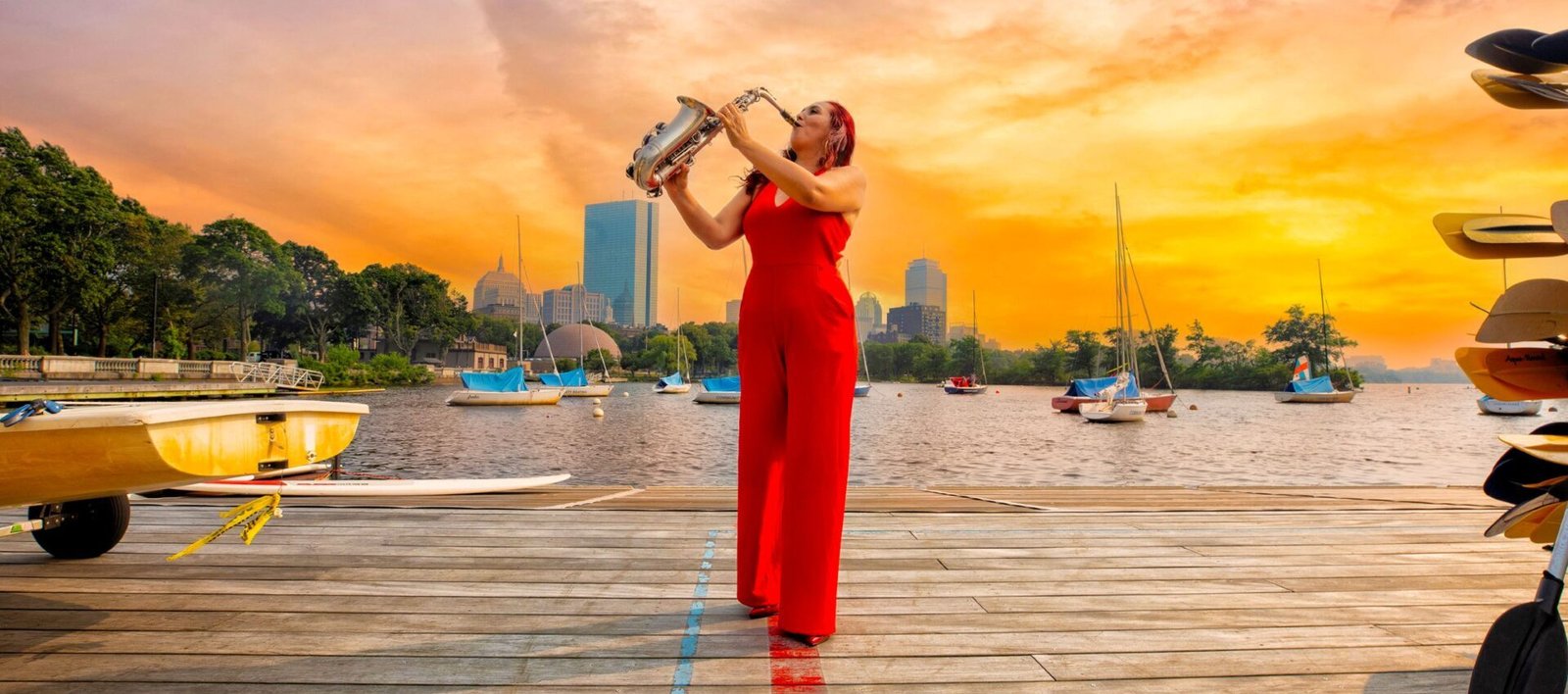
Portobelo: Diablos, Congos, and a Tribute to Memory
Any visit to Portobelo is sure to leave a deep impression on the heart. This is because of the bay’s lush landscapes and the ruins by of forts and castles that remember its important past, but it isalso because of its people, who even after centuries continue to wear their African heritagetso proudly that its music, folklore, and festivals are living reminders of their struggle for liberation.
Diablos and Congos Festival
The month of May is a special time to visit Portobelo because the Diablos and Congos Festival takes place on the May 3. Steeped in history, music, and symbolism, more than twenty Congo groups take to the stage to perform dances and songs. Meanwhile, a multitude of “diablos,” or devi ls, swarm the streets in a symbolic confrontation with the Congos.
The diablos—dressed in vibrant costumes with dramatic masks and wielding whips—personify the forces of evil and colonization, while the Congos embody the enslaved people who resisted and held on to their culture. This theatrical encounter is more than a show; it is a living act of resistance, identity, and Afro-colonial pride.
When: May 3, 2025
Where: Portobelo, Colón
How to get there: An hour and a half by car from Panama City (58 miles)

Museo de la Memoria Afropanameña

There is now one more reason to visit Portobelo, the Museum of Afro-Panamanian Memory, designed to tell the story of Panama’s Afro-descendant people from an inclusive and accessible perspective. The museum envelops and connects visitors with the stories of struggle, resistance, and pride that continue to resonate in the community’s daily life.
Instead of the physical exhibits typical of a traditional museum, a narrative approach and interactive museography are used to connect visitors with Portobelo’s living history. Content is also available in Braille, reinforcing the museum’s commitment to inclusion.
The museum’s three galleries focus exclusively on people of African descent. The first room focuses on the history of the original enslaved people, from their arrival in Portobelo to their role in the local economy and their liberation process. The second is devoted to the intangible heritage of Portobelo’s Afro-descendant people, with an emphasis on cultural traditions Congo rituals (declared Intangible Heritage of Humanity by UNESCO),gastronomy, and music. The third gallery, located outdoors, presents information about the customs house, the surrounding fortifications, and the trade fairs that marked the history of the isthmus.

The Building

The building now known as the Museum of Afro-Panamanian Memory once housed the historic Portobelo Customs House, an iconic colonial building constructed between 1630 and 1634. One of the country’s oldest buildings, it is a remarkable example of the Renaissance architecture found in the region. Its original function was to collect taxes, store goods, and provide accommodations for governors and dignitaries.
The structure was built primarily from coral stone extracted by enslaved Africans, who not only physically built the building, but also played an instrumental part in Portobelo’s economic boom, especially during the famous trade fairs where goods, jewelry, and even human beings were traded. These fairs positioned Portobelo as one of the Spanish Empire’s key transatlantic trade centers.
The Museo de la Memoria Afropanameña not only preserves the historical memory of Afro-descendants, but also recognizes their contribution to Panamanian heritage.





Leave a Reply